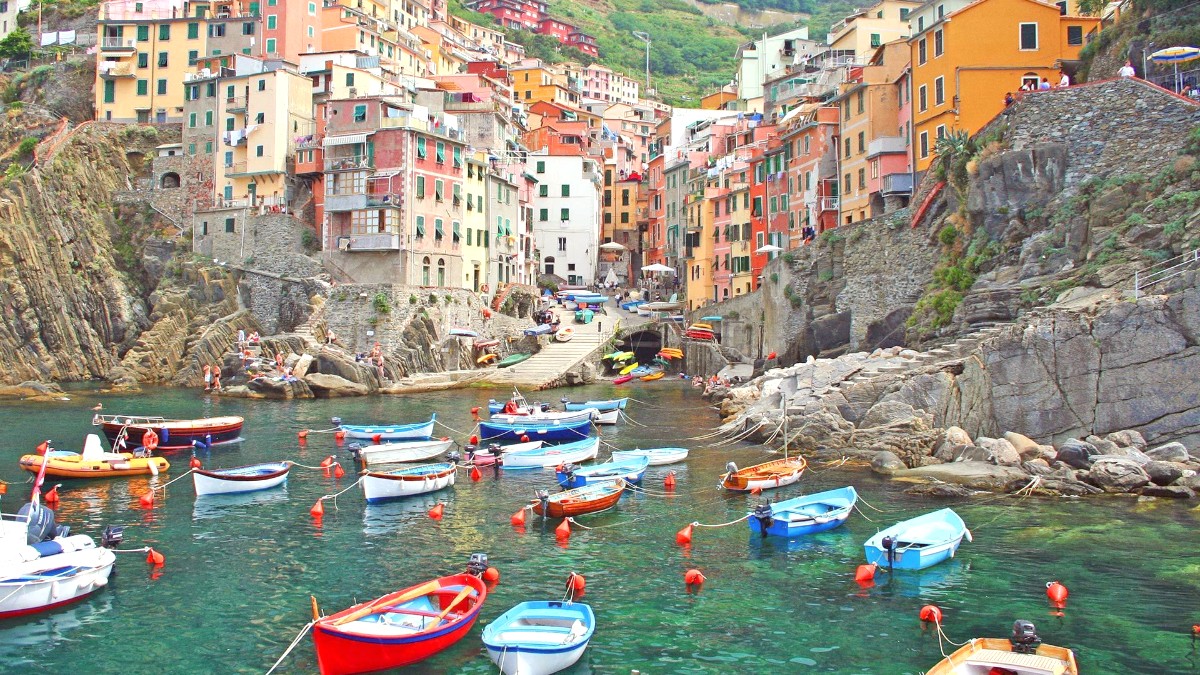
Liguria Piedmont And Valle Daosta, Italy
This city, with wide boulevards, an impressive naval heritage, and a bustling port, conveys a true sense of Ligurian life. A city of layers, its charm awaits discovery by those who take the time to explore. From lively markets filled with local flavors to its strategic position at the heart of the "Gulf of Poets," La Spezia serves as a starting point for unforgettable coastal adventures and cultural discoveries.
La Spezia's history ties deeply to its exceptional natural harbor. Evidence points to settlements in the area since Roman times, though its transformation into a significant center began much later. Originally, a modest fishing village, it existed quietly alongside the more powerful maritime republics of Genoa and Pisa.
A turning point for La Spezia came in the mid-19th century with the unification of Italy. The newly formed Kingdom of Italy sought a strategic location for a major naval base and arsenal. The deep, sheltered waters of the Gulf of La Spezia made it an ideal choice. Construction of the vast naval arsenal began in 1869, designed by engineer Domenico Chiodo. This project fundamentally reshaped La Spezia, bringing industrial growth, a surge in population, and rapid urban expansion. The Italian Royal Navy established its main base here, cementing La Spezia's position as Italy's main military port. This prominence, however, carried a cost. During World War II, its military importance rendered La Spezia a target for extensive Allied bombing, causing significant damage to the city and its infrastructure. Today, it remains a military base, a busy commercial port for freight, and a growing passenger cruise terminal. Its history stands visible in landmarks like the Castello di San Giorgio, with origins in the 13th century, which offers a glimpse into the city's defensive past. The Museo Navale (Naval Museum) documents centuries of Italian maritime history, reflecting the city's enduring identity forged by the sea. La Spezia is a testament to strategic foresight, industrial progress, and resilience, continually evolving while respecting its profound maritime legacy.
This overview offers a quick reference to La Spezia’s characteristics. La Spezia presents a genuine Italian experience, combining urban life with immediate access to some of the most famous coastal landscapes in Europe. Its naval history provides a compelling backdrop to a modern city that welcomes visitors with open arms.
La Spezia, capital of its province in eastern Liguria, sits at the head of the "Gulf of Poets." Hills embrace it to the north, and the Ligurian Sea lies to the south. Its history centers on its natural harbor, becoming a major naval base post-Italian unification in the 19th century. Despite WWII bombing, it rebuilt and continues as a military, commercial, and cruise port. Its identity remains tied to the sea.
Eastern Liguria, Italy, on the Gulf of La Spezia. Gateway to Cinque Terre and Portovenere.
Approximately 92,000 residents (as of early 2023).
Naval base, shipbuilding, commercial port, tourism, and manufacturing.
Gateway to Cinque Terre, Portovenere, Lerici; Castello di San Giorgio; Museo Navale; Amedeo Lia Museum; Passeggiata Morin (waterfront promenade).
Italian / Euro (€) / Central European Time (CET), UTC+1; CEST (UTC+2) during daylight saving.
La Spezia offers a major train station (La Spezia Centrale), ferry services, and a local bus network, ensuring good transit. The climate remains Mediterranean, with warm, dry summers and mild, wet winters.
La Spezia combines urban life with immediate access to Europe's famous coastal landscapes. Its naval history forms a compelling backdrop to a modern, welcoming city.
La Spezia, though often a transit point, holds its own charm for travelers willing to explore Ligurian life.
Careful planning makes travel smoother.
This section covers optimal visit times, visa procedures, budgeting advice, and health and safety precautions.
Mediterranean climate with warm, dry summers and mild, wet winters.
Italy is part of the Schengen Area. Visa status varies by nationality; always check specific passport and visa needs.
Euro (€) is the currency. Costs vary by travel style. ATMs are widespread. Tipping holds no mandatory status.
La Spezia is a generally safe city. Petty theft, mainly pickpocketing, is the most common crime facing tourists. Vigilance in crowded areas protects valuables. Comprehensive travel insurance earns strong recommendation for all travelers, regardless of nationality.